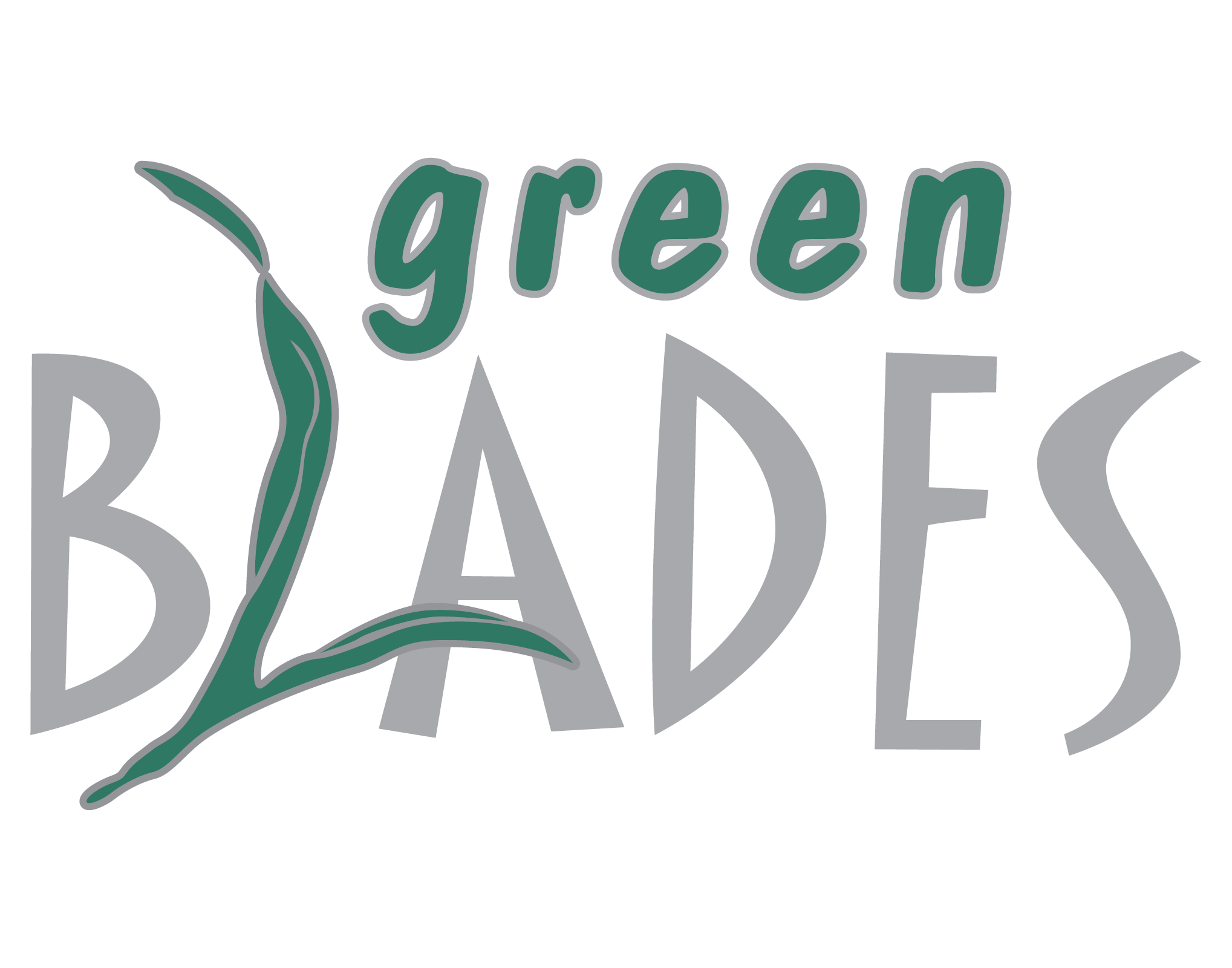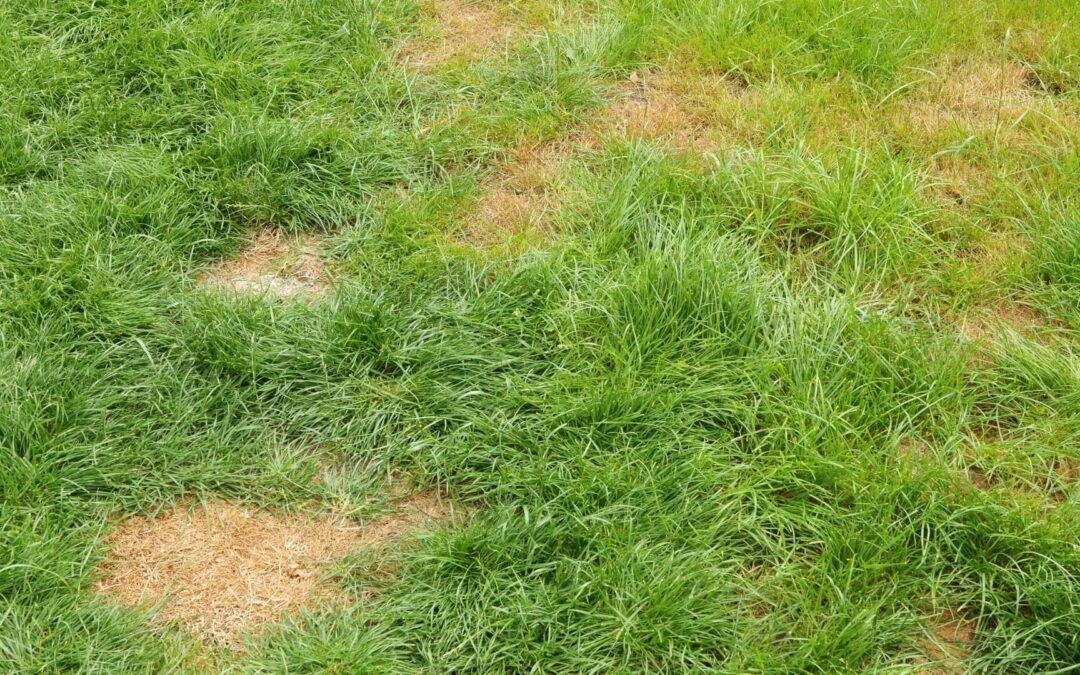Taking care of lawn grass require proper lawn care and maintenance, especially during the summer season. However, if your lawn care game is not up to par, it can lead to a series of problems and headaches for you and your lawn. Knowing the right mowing height, proper watering schedule, and pest control are just some of the important things to remember during summer. With the heat being the most intense during the summer months, it’s more important than ever to provide proper summer lawn care to avoid any kind of damage to your lawn. Whether you’re a beginner or a pro in lawn maintenance, here are some tips for summer lawn care that you should follow to maintain a healthy, vigorous lawn throughout the season.
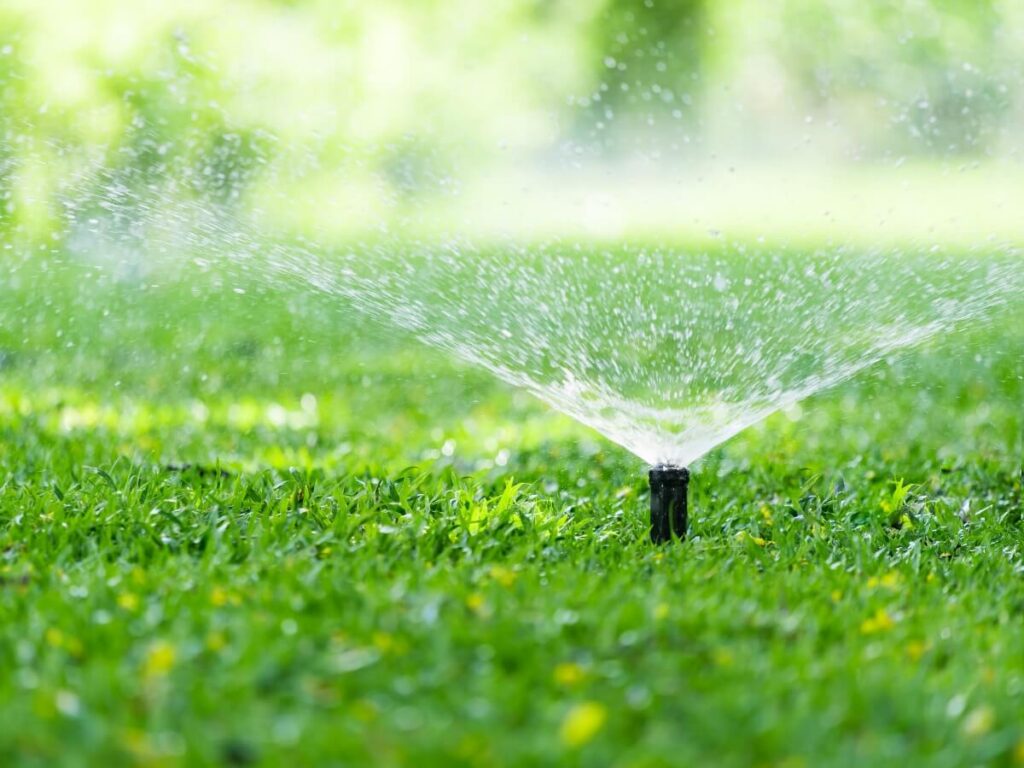
1. Deep and Infrequent Watering
The harsh summer heat is going to exhaust the energy of your grass. For optimal watering, make sure to water your lawn deeply. This allows the water to penetrate through the soil and be absorbed directly by the grassroots. On the other hand, infrequent watering will encourage deep root growth. In addition, the summer heat during the day will evaporate the water too quickly which renders it unable to reach your grass’s roots. Instead, water your lawn grass in the morning. Ideally, the best time is before 9 AM when the heat isn’t intense.
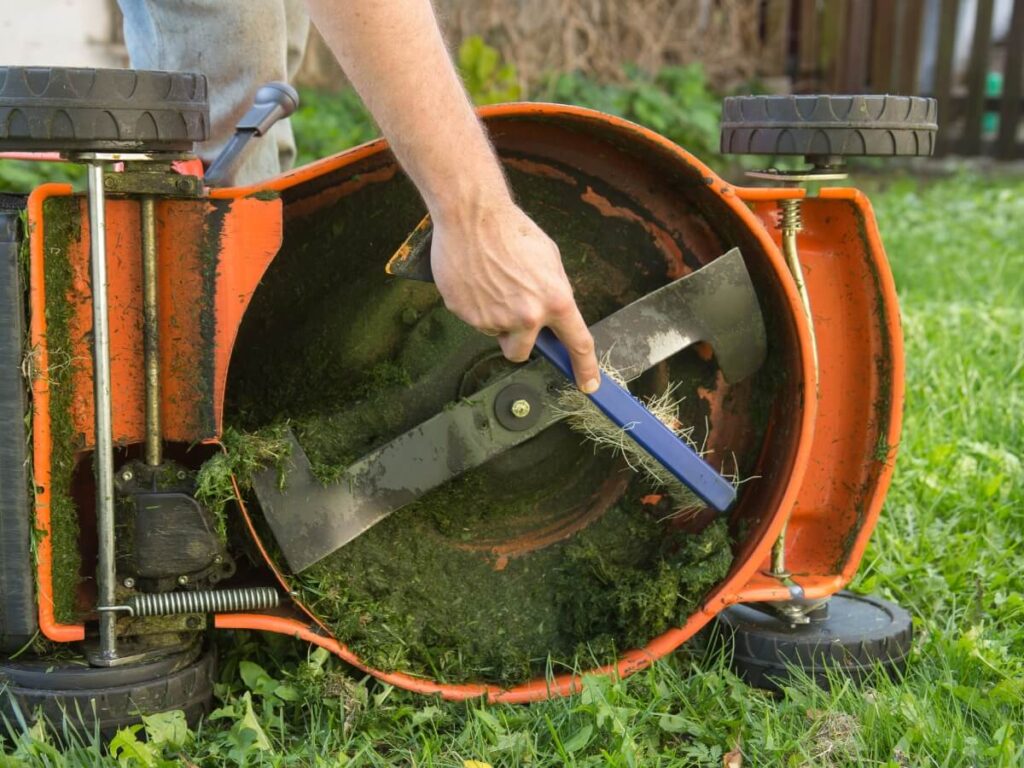
2. Sharp Mower Blades
Mower blade maintenance is just as important as lawn care. A dull blade creates ragged, brown edges to grasses which provides an opening, making them susceptible to diseases. Clean cuts are best not only for preventing diseases but similarly for damages incurred by the dull blade. As another tip, sharpen your lawn mower blade after using it every 20 to 25 hours. But don’t wait up if you see signs of shredded grass blades. To promote good lawn health, consider buying a second blade so that you’ll always be ready.
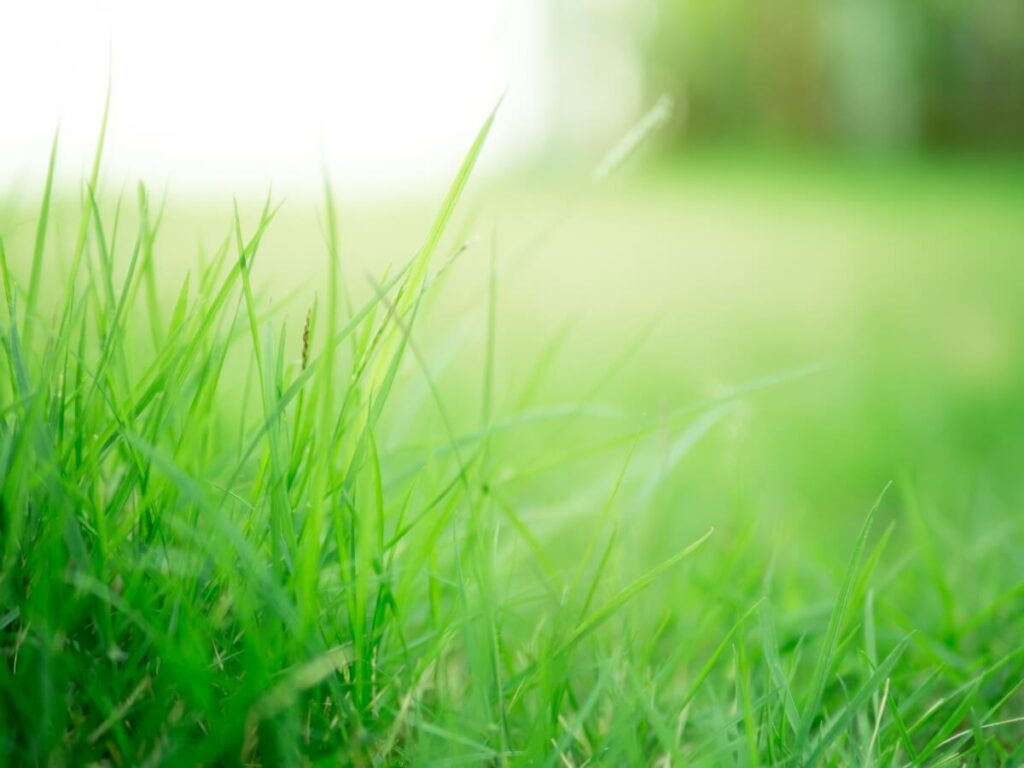
3. Mow High
Your lawn will still need to be mowed during the summer. During this season, it’s necessary to mow higher than usual to protect the soil from the intense heat. Set your mower blades appropriately depending on your grass type. Usually go for around 3-4 inches. This way, the grass blades will actively shade the soil from the heat helping it keep moisture and prevent weed growth.
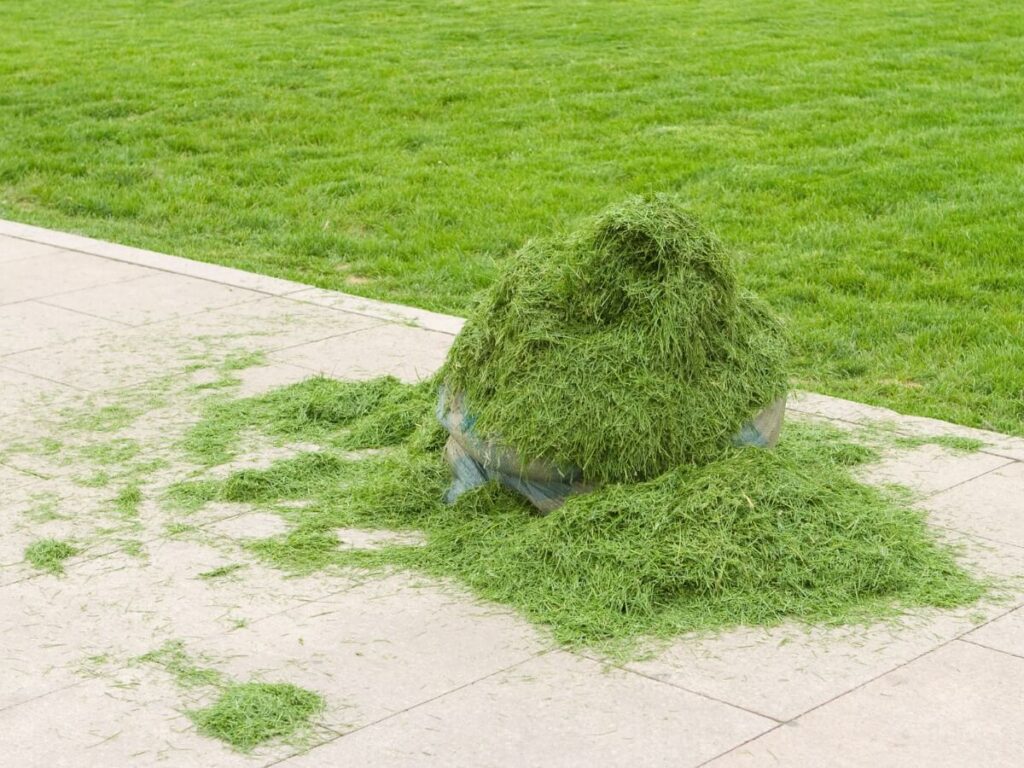
4. Leave Grass Clippings
Allowing grass clippings to remain on the lawn can be beneficial for the grass as it contributes to the development of a robust and nutrient-rich soil. This practice, known as “grasscycling,” has gained popularity in recent times and offers advantages such as saving time, and money, and reducing the need for additional fertilizer. If you mow the grass at the appropriate height, you can leave the clippings on the lawn.
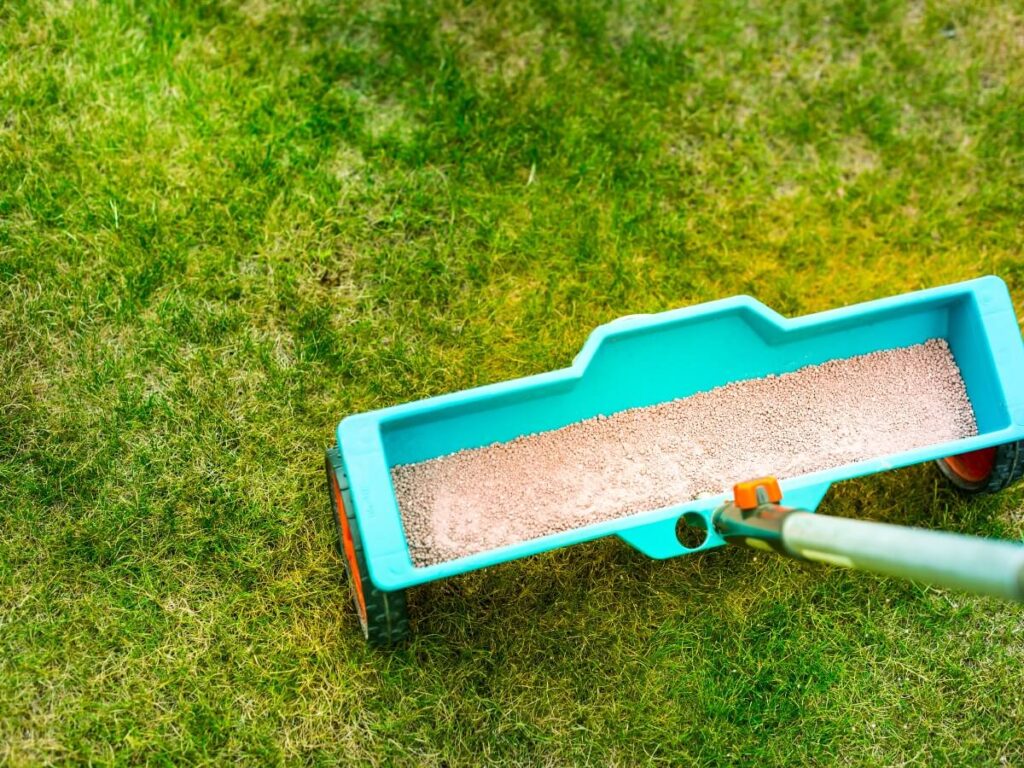
5. Fertilize Warm-Season Grasses
Applying fertilizer during early summer can provide a beneficial boost to warm-season grasses which thrive in temperatures around 70 degrees Fahrenheit, promoting thick and healthy lawn growth. Properly timed fertilization can enhance the grass’s ability to withstand heat and drought. However, it’s important to be cautious not to overapply fertilizer as this can potentially damage the lawn.
Given that the grass is already under stress during this season, it’s recommended to exercise care when applying fertilizers. Opt for a fertilizer specifically designed for summer grasses and strictly follow the provided instructions. If you have cool-season grass on your lawn, avoid fertilizing and instead do it in spring and fall for optimal results.
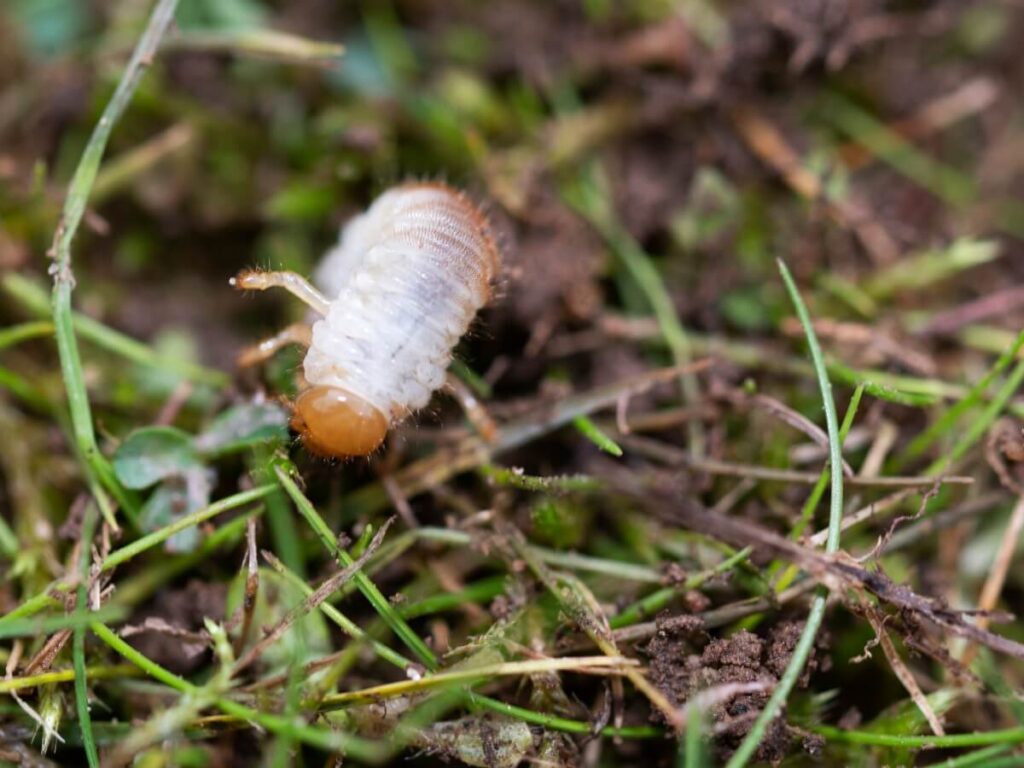
6. Pest Control
Summer is a prime time for insects to invade your lawn, but it’s important to note that not all of them pose a threat. However, if you notice bugs like Japanese beetles, June bugs, and European chafers feeding on your grass, you’re gonna want to act fast. These bugs are one of the major causes of damage such as wilting and visible bare patches on your lawn. Without any action, Japanese beetles can damage your grass and even lay eggs that will hatch into grubs and further cause harm.
It’s recommended to regularly inspect your lawn for signs of pest activity and implement appropriate measures to control them. This may involve using organic pest control methods or seeking assistance from lawn care professionals for more extensive pest management. Encouraging natural predators like birds and beneficial insects can also help in pest control. Additionally, avoid overwatering and eliminate any standing water to minimize potential mosquito breeding areas.

7. Treat Weeds
Taking swift action during the summer can effectively eliminate established weeds before they have a chance to bloom and spread seeds. For smaller weeds, hand-pulling or using a weed trimmer can be effective. In the case of larger weed infestations, use a targeted post-emergent herbicide that specifically attacks broadleaf weeds while keeping your grass unharmed. However, it’s important to be cautious and to always follow the instructions provided when using these herbicides as these can potentially harm your grass which in turn damages your lawn. Stay vigilant and promptly address any weed growth. Additionally, a thick and healthy lawn can help suppress weed growth independently and be improved by proper watering and fertilization.
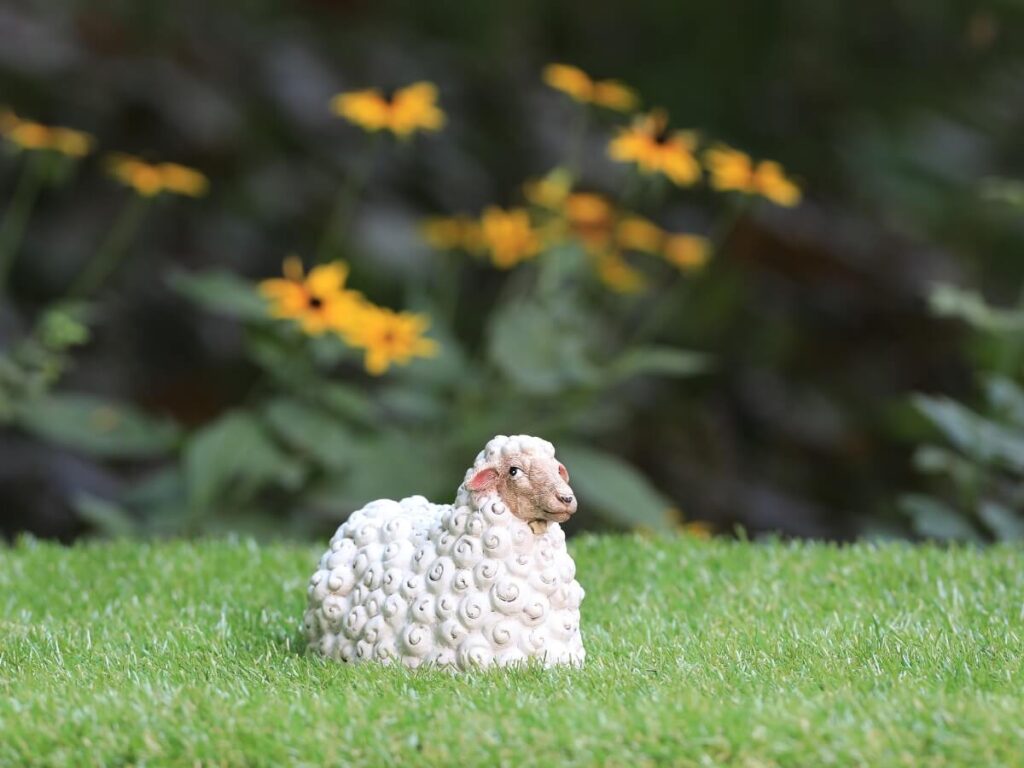
8. Pick Up Any Debris
This can be easy to forget but to ensure the well-being of your lawn, it is important to remove any items such as toys, water games, lawn chairs, or tools that may have been left on the turf during summer activities. This will help prevent damage to the grass and avoid any potential hazards while lawn mowing. Additionally, it is recommended to regularly clear away debris such as fallen leaves or branches to maintain a clean and healthy lawn. Making this a routine task will contribute to the overall health of your lawn.
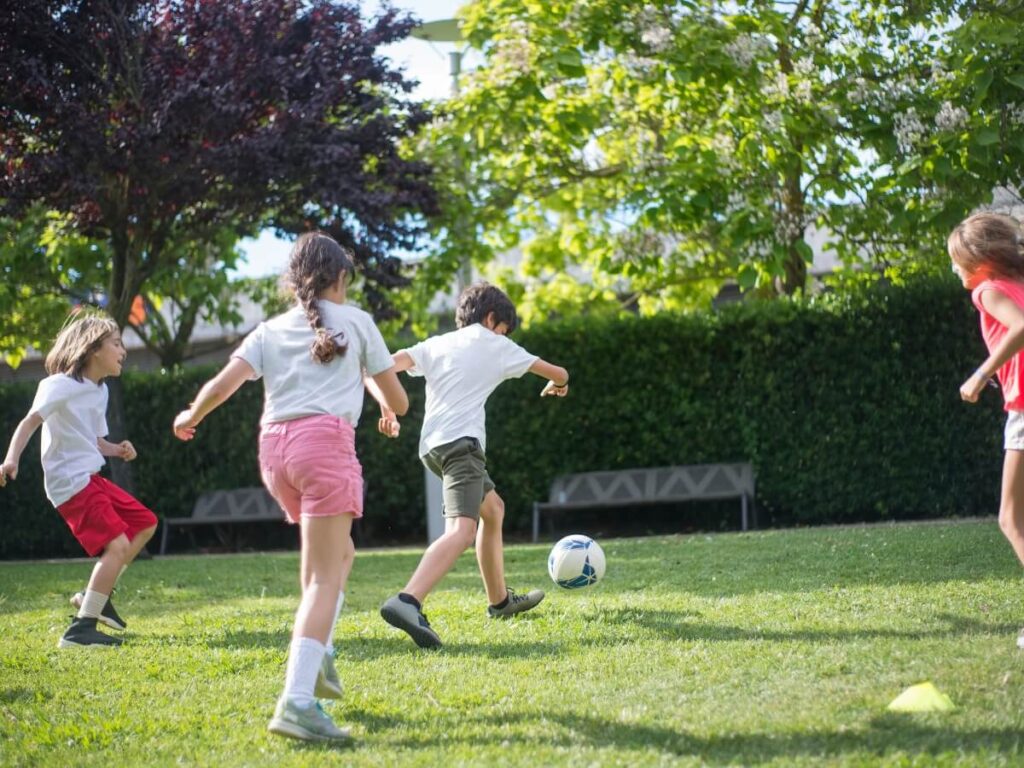
9. Avoid Foot Traffic On The Grass
Stepping on your lawn is completely unavoidable especially when there are kids around. With the summer heat, it’s ideal to limit foot traffic on the grass to avoid any damage. Important to remember, never drive or park on your lawn. This can cause soil compaction, leading to many headaches including dead grass.

10. Manage Your Dogs
Having a family dog can lead to dead spots on your lawn. If your dog doesn’t have a designated dog potty spot, sooner or later, you’ll notice patches of dying grass everywhere. It’s recommended to flush these patches with water to dilute the urine in the soil. One solution to avoid this problem is to pick a specific area with mulch or pebbles where you can train your dog for bathroom breaks. Opting for a litter box is also a great and effective approach. Additionally, it’s important to regularly pick up your dog’s waste and dispose of it properly.
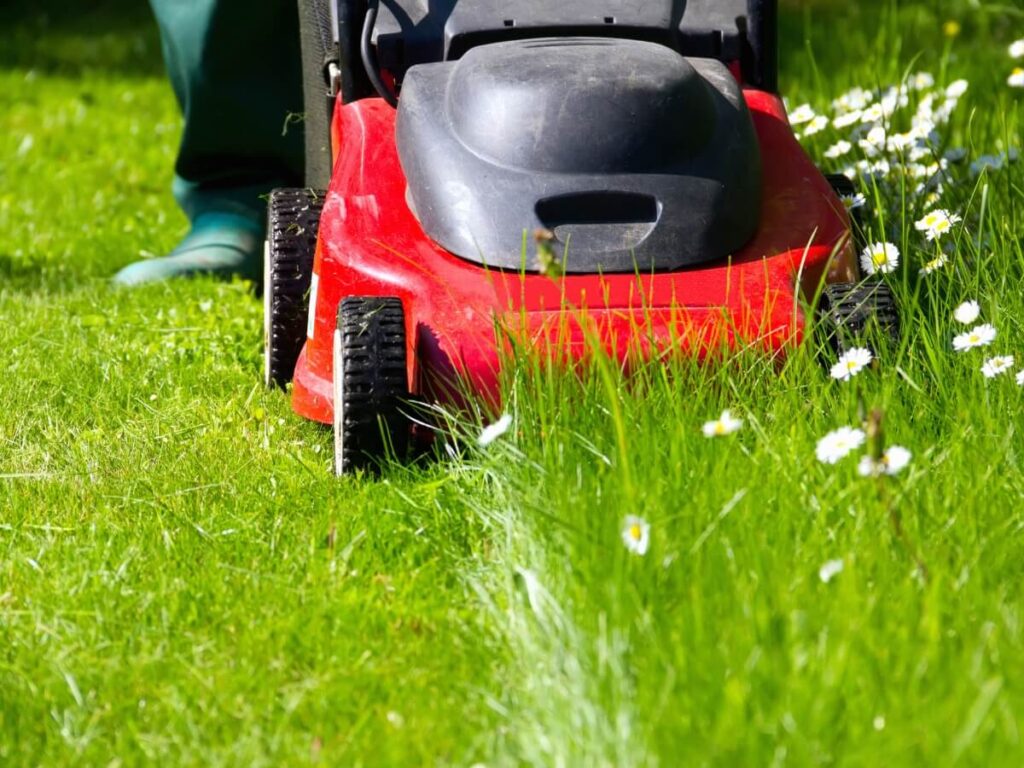
Summer Lawn Care Services in Nampa, Idaho
Utilizing these tips will dramatically boost your summer lawn care. Even though that’s the case, also consider the type of grass, the local climate, and any other unique characteristics present on your lawn for the best possible summer lawn care. On that note, Green Blades can help you deal with the frustrations you have with your lawn in the summer. As landscaping professionals, we’re trained and equipped to handle any issues you may have in the summer in Nampa, Idaho. From lawn mowing to weed control, nothing can stop us to provide the best lawn maintenance to our customers.
Know more by reaching us through our contact page. We offer a wide variety of lawn care and landscaping services that you can choose from. Giving service in Nampa, Idaho for over 15 years and counting, we’ll always be eager to help you!
